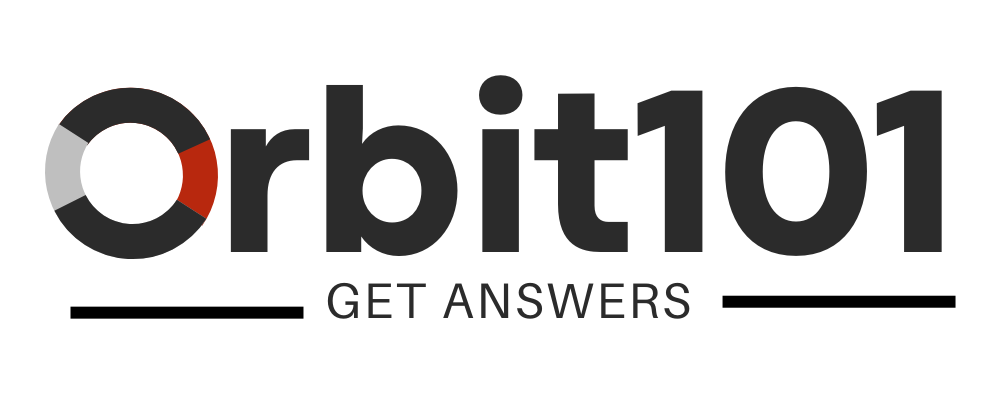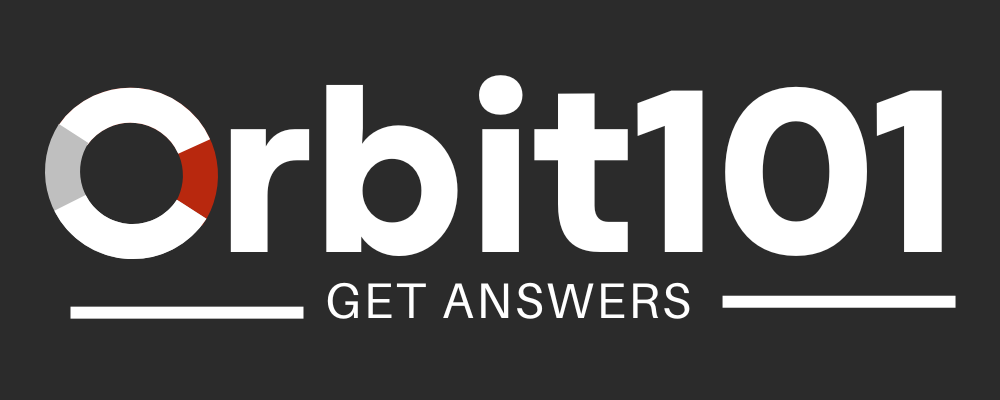As an orthodontist with over 15 years of experience, I’m often asked if clear aligners like Invisalign are suitable for every orthodontic issue. It’s a great question, and like most things in life, there’s no simple yes or no answer. The aligners work wonders for many patients – I’ve seen them transform smiles in ways traditional braces never could. But they do have limitations compared to braces, and aren’t the ideal option for every case. My goal here is to give you the full picture on clear aligners so you can make the most informed decision for your unique smile goals and dental needs.
What Are Clear Aligners and How Do They Work? A Brief Overview
Before we dive into their pros and cons, let’s quickly review what clear aligners are and how they work their magic:
- Clear aligners are thin, custom-made plastic trays that fit snugly over your teeth. Each set gradually moves your teeth into better position, usually changed every 1-2 weeks.
- Popular brands like Invisalign use advanced 3D modeling and AI to map out your entire treatment plan from start to finish.
- Aligners are transparent and removable, so many patients prefer how discreet they are compared to metal braces.
- They work by applying light, consistent pressure to nudge teeth into place over time. Just like braces, they can fix issues like crowding, spacing, crossbites, and more.
- Treatment time averages 1-2 years but depends on the complexity of your case. Some minor adjustments take only 6 months or so.
So in summary, aligners are a removable and often more aesthetically pleasing alternative to braces for incrementally shifting teeth. When worn properly, they can straighten smiles very effectively.
Now let’s dig into some of the advantages and disadvantages of clear aligners.
The Pros: Why Patients Love Clear Aligners
Here are some of the biggest benefits that make aligners an attractive choice for many of my patients:
Removable and Nearly Invisible
This is arguably the #1 reason people choose clear aligners. Unlike clunky metal braces, aligners are barely visible so most people won’t realize you’re straightening your teeth. You can briefly remove them for eating, brushing, special occasions, and photos. While we recommend wearing aligners 20+ hours a day for the best results, having a removable option is more convenient.
Comfortable and Low Maintenance
Aligners are smooth and comfortable against your teeth. They don’t have the brackets or wires that can irritate your lips and cheeks like traditional braces. There’s no need for metal tightening or emergency visits due to broken brackets either. Overall, aligners require less adjustments and maintenance.
May Require Fewer Visits and Be Quicker Than Braces
Some minor to moderate aligner cases require fewer in-office visits every 4-8 weeks compared to monthly or bi-monthly visits for braces tightening. Appointment times are also shorter. And depending on your issues, aligners may straighten teeth faster than braces as well. For example, my team has seen some cases finish in 6-9 months with aligners vs. 18 months or more with braces.
Better Oral Hygiene
With removable aligners, patients can brush and floss normally every day. Fixed braces make plaque removal around brackets more challenging. So aligners maintain better oral hygiene, and have less risk of white spots on teeth after treatment. Proper care is still needed though.
May Be More Comfortable Initially Than Braces
The first days after braces placement can be quite uncomfortable. Your teeth and gums need time to adjust to the brackets and wires. Aligners use gentler, gradual force so they typically don’t cause that initial shock and ache. Most patients report aligners feel “tight” at first but become comfortable within a week or so.
The Cons: Limitations To Consider
While aligners provide an excellent option for many orthodontic patients, there are some drawbacks to consider:
Results May Not Be As Precise as Braces For Complex Cases
Aligners excel at fixing minor to moderate spacing or crowding. But some severe cases with complex movements like rotations are tougher to fully correct with aligners alone. Teeth can spring back into crooked positions between tray changes if movements are too drastic. In my experience braces may achieve more precise, consistent results for complex issues. Aligners are improving all the time, but still have limitations.
Require Excellent Patient Compliance For Best Results
Aligners rely heavily on patients wearing them consistently. Leaving them out too long or forgetting trays leads to slower results. About 5-10% of my patients struggle to wear aligners enough and aren’t great candidates. Braces apply force 24/7 even when eating or sleeping so compliance is less of an issue. For those who lose aligners or wear them inconsistently, braces may be the better fit.
Can Only Handle Small Tooth Movements
Unlike braces using wires and elastics, aligners can only apply light pressure for minor tooth movements of 1-2mm per tray. Complex cases often require using aligners with other tools like rubber bands, bite ramps, or IPR filing. Aligners alone can’t handle major corrections in one step.
Must Be Removed For Eating and Brushing
You’ll need to take aligners out for eating, snacking, brushing teeth, contact sports, and some dental visits. That means you’ll be removing and inserting them 4-6 times per day at least. Some patients find that inconvenient compared to braces they don’t remove. And accidentally leaving them out too long reduces efficacy. Proper wear discipline is key.
Cumbersome Initial Phase with Attachments
While aligners themselves are smooth, the first phase of treatment requires temporarily bonding attachments to several teeth. These small bumps help the aligners grip teeth better during initial movements. But some patients dislike how bulky the attachments look and feel. They’re removed once teeth begin moving properly into place.
Higher Cost Than Metal Braces
Clear aligners cost $3,000 – $8,000 while metal braces often range from $2,000 – $6,000. Aligners require payment upfront while braces are paid over time. Insurance may cover more of the cost for braces compared to aligners too. Affordability is a consideration for some patients and families. Aligners are an investment.
My Personal Guidance on the Aligner Decision
Here are a few final thoughts I share with patients weighing clear aligners vs. braces:
- For simple to moderate crowding and spacing, aligners often work very well. Their aesthetic appeal makes them an excellent first-line option.
- With severe crowding or rotations beyond 20 degrees, braces may be the safest bet for the most predictable, successful outcome.
- Teens who play wind instruments or sports requiring mouthguards need to consider aligner removal for those activities. Braces are fixed in 24/7.
- Aligners work best for motivated, responsible patients who will wear them consistently. Forgetfulness or losing aligners risks slower results.
- If budget is a major factor, metal braces are the more economical choice in most cases. Aligners have a higher upfront investment.
- I recommend aligner companies like Invisalign and Spark that use the latest 3D modeling technology for efficient, successful treatment.
- Don’t choose aligners based on marketing promises alone. Consult an orthodontist to determine which option truly suits your orthodontic needs and lifestyle best! An experienced professional can guide you through the pros and cons.
The Bottom Line
Clear aligners provide an outstanding discreet, comfortable option for straightening many smiles. In capable hands, they can rival braces in moving teeth effectively. However, traditional braces remain the gold standard for more complex orthodontic issues requiring precise control and compliance isn’t a concern. There’s no universally superior choice – it depends on each patient’s unique goals, needs and responsibilities. By understanding the differences and consulting your orthodontist, you can make the aligner vs. braces decision that will lead to your happiest, healthiest smile.

